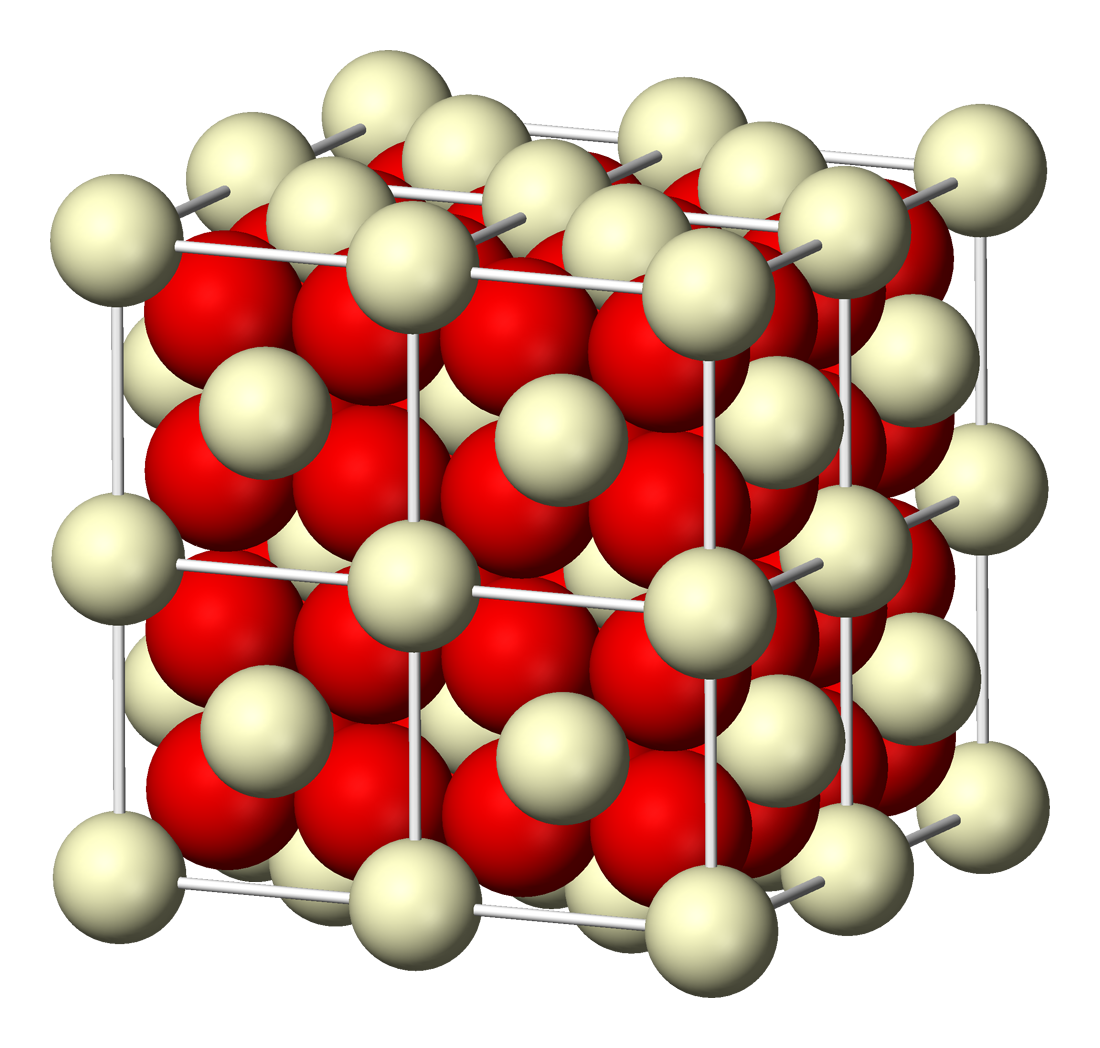Researchers in the Kohler group investigate the photophysical and photochemical dynamics of excited electronic states in photoactive materials and biomolecules using state-of-the-art femtosecond laser spectroscopic techniques. Students and postdoctoral scientists in the group acquire the expertise needed to conduct fundamental research at the boundaries of spectroscopy, photochemistry, materials chemistry, and nanoscience.
Earth abundant photoactive materials that can be sustainably processed or synthesized at low cost are needed to achieve breakthrough technologies for converting solar energy to chemical energy. Kohler Group researchers study the dynamics of excited states in organic, inorganic, and hybrid materials such as metal oxide nanoparticles, metal coordination polymers, DNA-templated metal nanoclusters, and synthetic melanins and other carbon materials. These materials hold great promise for light-driven chemical transformations such as photocatalytic water splitting, pollutant degradation, CO2 reduction, and for generating chemical fuels (‘solar fuels’). The ability to use the abundant sunlight that falls on the earth to sustainably generate chemicals for energy and other uses—an endeavor sometimes known as artificial photosynthesis—is a grand challenge that, if accomplished, would likely be one of the most transformative innovations of the 21st century.
Our work is focused on observing excited states as they evolve to separated charges that can drive redox reactions. Like transition states, excited states created by light absorption are energy-rich, but difficult to control due to their extremely short lifetimes. Femtosecond laser techniques are used to observe the microscopic events that influence energy and charge localization and transfer in molecules and materials. Instrumentation in our laboratories allows spectroscopic measurements to be performed from femtosecond to millisecond time scales using photons from the UV to the mid-infrared (mid-IR).
A recurring theme is to understand the interplay between microscopic structure and excited-state dynamics. We are particularly interested in how the non-covalent interactions of hydrogen bonding, pi-pi stacking, and metal ion coordination, which are prevalent in self-assembled supramolecular materials, affect nonradiative decay pathways.
Excited States of DNA and DNA-Metal Nanostructures
